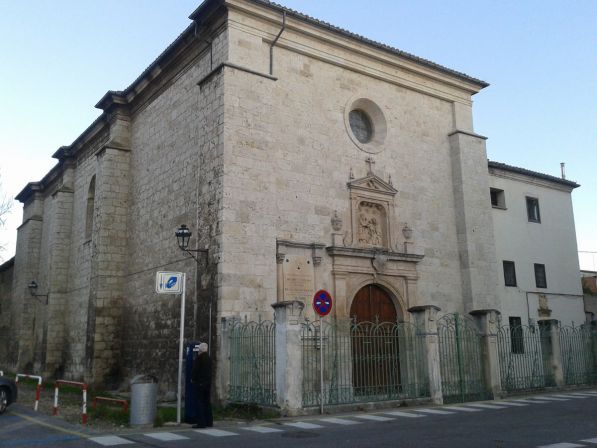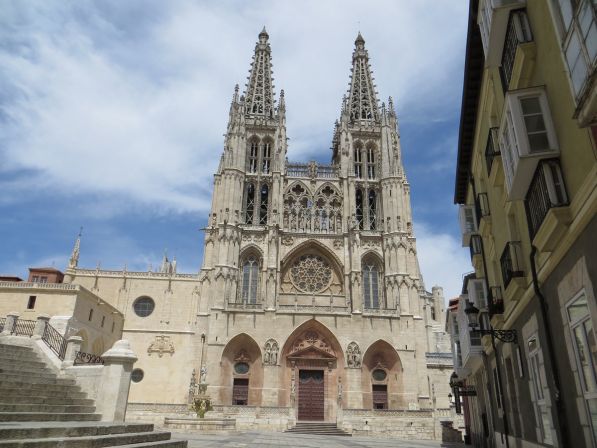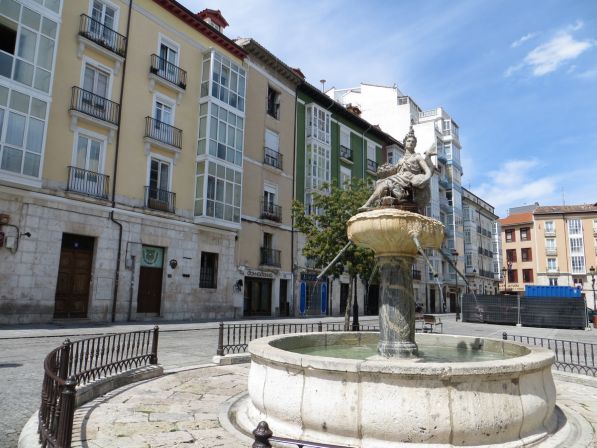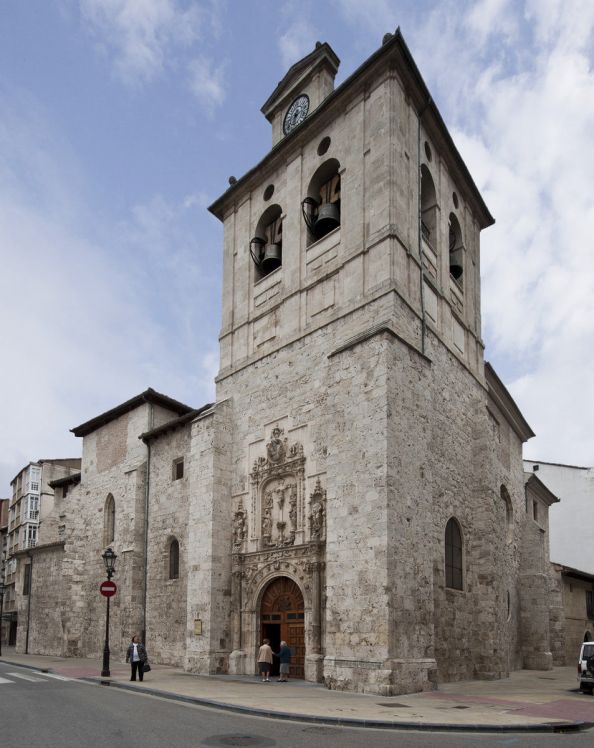Burgos
1582
Everything in Burgos is brimming with history, legend and art. This city has always been an important centre for development, trade, exchange and interaction; indeed, a centre for human activity. A cosmopolitan city with a Universalist vocation (not in vain was it one of the most important trade centres of Europe), it has successfully conserved its historical and cultural heritage without relinquishing modernity.
The rich heritage in Burgos can be seen in its three World Heritage Sites: the Cathedral, the Way of St James and the Archaeological Site of Sierra de Atapuerca. Its mediaeval past can be seen in its walled enclosure, as well as the royal pantheons of the Carthusian Monastery of Miraflores and the Monastery of Las Huelgas Reales, veritable jewels of the city as it makes its way to modernity with a new centre of cultural attraction: the Museum of Human Evolution, which is a must-see for visitors interested in learning about the origin of humanity and its evolution.
Historical Route
Carmelite Convent of San José and Santa Ana
The last of St Teresa’s foundations was completed at the start of Parque de la Quinta in 1582.
It is home to various relics of St Teresa (sandals, veil, handwritten letter, etc.). There is an interesting sculpture of St Teresa, which dates from the 17th century, according to the model by Gregorio Fernández, made by one of the artist’s contemporaries and friends.
Hospital of La Concepción
Built to cure sick poor people, it was the first modern-style general hospital in Burgos. St Teresa lived here with her nuns from 23 February to 18 March 1582.
Church of San Cosme and San Damián
Built mainly at the beginning of the 16th century, it has a beautiful Renaissance front by Juan de Vallejo.
Church of San Gil
This church was built at the end of the 13th century on the site of a previous Romanesque church. The exterior sobriety contrasts with the beauty and refinement of the interior.
St Teresa heard mass in the Chapel of La Buena Mañana, accompanied by her nuns while they were living in the house of Doña Catalina de Tolosa on Calle Huerto del Rey.
Plaza del Huerto del Rey
In the past, this area was laden with palaces and mansions. The buildings that are now numbers 14 and 16 mark the location of the first house in which St Teresa of Jesus stayed.
Tourist Information
Centro de Recepción de Visitantes
C/ Nuño Rasura 7
09003- Burgos
Opening Times
From 1 October to 11 April
From Monday to Saturday from 09:30 to 14:00 and from 16:00 to 19:00.
Sundays and public holidays from 09:30 to 17:00.
*Special opening times on long weekends
From 12 April to 31 May
From Monday to Friday from 09:30 to 14:00 and from 16:00 to 19:00.
Saturdays, Sundays, public holidays and Holy Week from 09:00 to 20:00.
From 1 June to 30 September 2014
From 09:00 to 20:00.
www.aytoburgos.es




